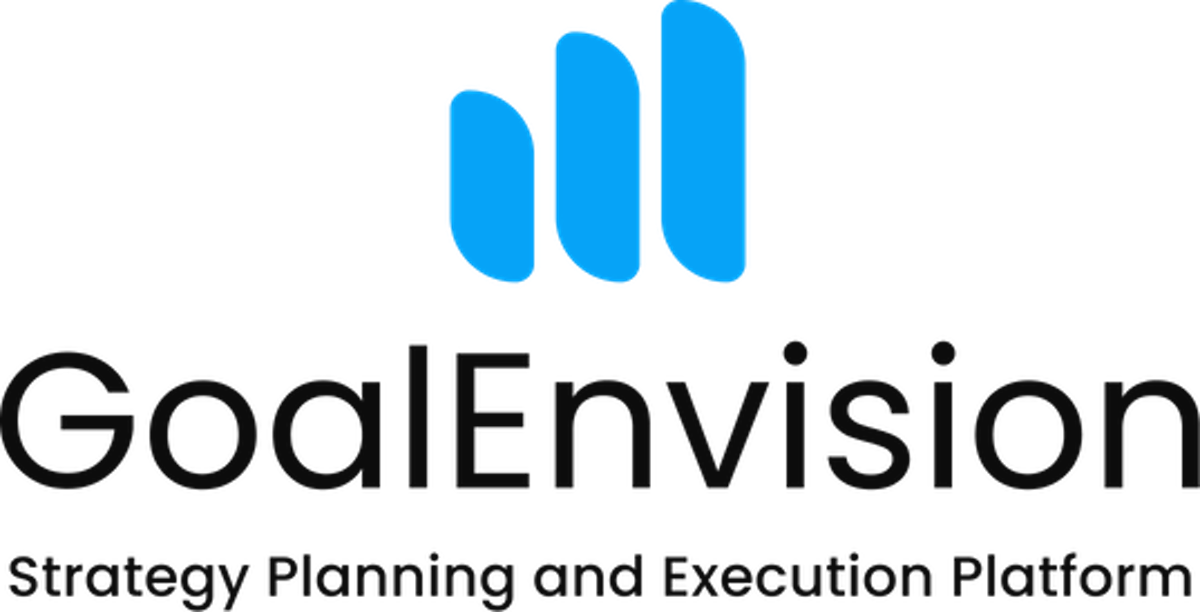How to describe performance management? An introduction to the concept and its components
Share this article
Performance management is a method of organising and managing a business by setting, monitoring and evaluating objectives. It is a central part of modern business management and is used in everything from small businesses to large organisations. But what does it really mean to work with performance management? Here is an overview of the concept, with concrete examples to illustrate the different components.

1. Goal setting
The basis for performance management is to set clear and measurable goals that are linked to the organisation's overall vision and strategy.
Example: A company that wants to become a leader in sustainability can set a target that "Carbon dioxide emissions have been reduced by 30% in just two years. "
2. Planning
Once the objectives are set, a detailed plan for achieving them is required. This includes allocating resources and defining responsibilities.
Example: If the goal is "Sales have increased by 20%. ", the plan might include hiring more salespeople or launching a new marketing campaign.
3. Follow-up
A critical part of performance management is regular monitoring to see if you are on track. This can be done through meetings, reports or performance indicators.
Example: A hospital that has a goal to "Improve patient satisfaction" can monitor this by conducting regular patient surveys.
4. Evaluation
Once the timeframe for the objective has expired, it is time for an evaluation. This is the opportunity to see if the objective has been achieved and what lessons can be learnt for the future.
For example, if the objective was to "Launch a new product within one year", the evaluation could include an analysis of how well the launch went and what factors contributed to its success or failure.
5. Adjustment and Improvement
Based on the evaluation, adjustments can be made, either by setting new targets or by revising existing strategies and plans.
Example: A company that failed to achieve its goal of "Increase the customer base by 25%" may need to adjust its marketing strategy or set more realistic goals.
Summary
Performance management is a systematic process that includes goal setting, planning, monitoring, evaluation and adjustment. By following these steps, organisations can not only set meaningful goals, but also monitor and evaluate their success in a structured way. This contributes to a more focused and efficient operation and increases the chances of long-term success.
About GoalEnvision
GoalEnvision is a user-friendly digital strategy tool that helps business owners and managers to formulate and implement their business strategies effectively. With our tool, you can easily define your goals, identify success factors and create an action plan to achieve them. You can also monitor and evaluate your progress towards your goals. With GoalEnvision, you don't have to be an expert in strategic planning to make your business successful. We offer a methodology and framework that is easy to use and facilitates the whole process. With five levels - vision, business idea, growth objectives, strategic objectives and conditions - GoalEnvision helps you create a clear strategic vision for your business.
Share this article
Did you like this article? Here is more...
Latest



